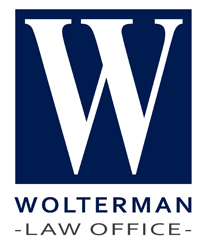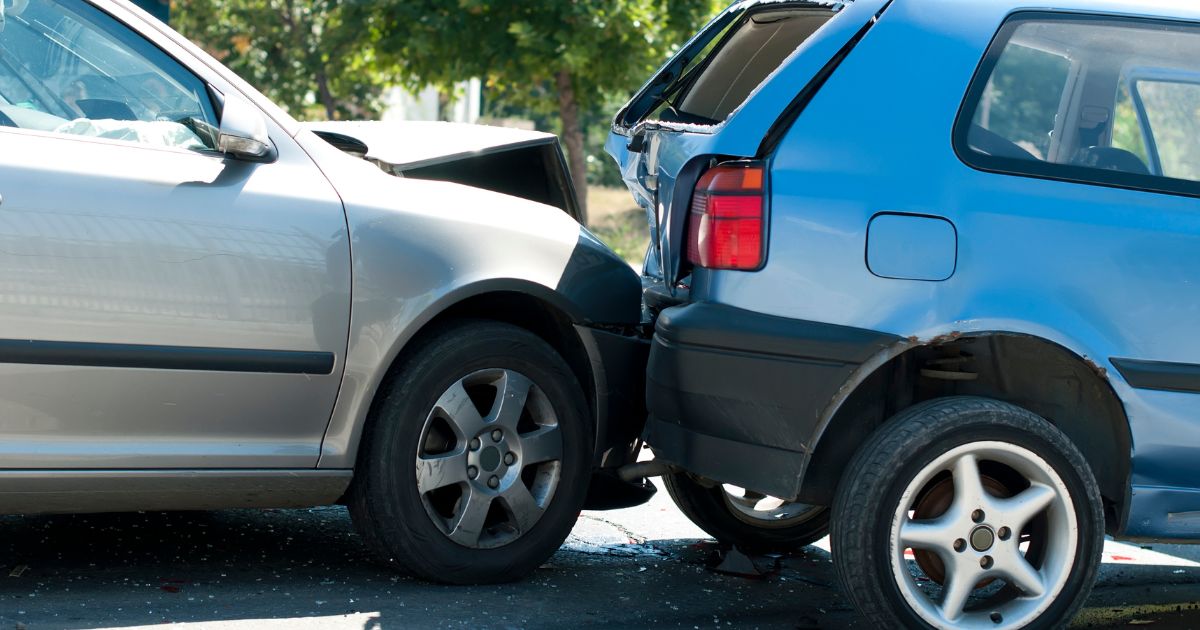Chain reaction car accidents are less common than ones that involve two vehicles, but determining liability can be much more challenging. There could be any number of vehicles, drivers, and passengers in a multi-car crash, and it can take a significant amount of time and effort to analyze the evidence to discover who or what set off the chain of events that may have led to serious injuries, property damage, or even fatalities. How is liability determined in these kinds of accidents?
Every chain reaction accident occurs is different, but they often have similar causes. With rear-end pile ups, one car hits another from the back, causing both to stop moving. Another scenario could be when the vehicle that gets rear ended is pushed forward into the back of the vehicle in front of it. In these situations, the driver of the first vehicle could be held responsible for the damages.
Things can get complicated if the second driver should have been able to react quickly enough to avoid hitting the vehicle in front of it, or if the third driver had enough time to swerve out of the way. Speed and driver error can affect how chain reaction auto accidents turn out for everyone, and more than one party could be deemed negligent and share the fault for what happened.
Attorneys work to establish liability in these complex accidents by evaluating what happened from all angles. A police report can provide basic information, but photos, traffic camera videos, skid marks, and other evidence can help. Eyewitness and expert witness testimony can also be invaluable, and for some cases, professionals are called in to recreate the accident scene to determine how it happened.
What Causes Chain Reaction Car Accidents?
Speeding is a factor in many motor vehicle accidents, especially fatal ones, and multi-vehicle crashes are frequently seen on highways that have higher speed limits.
Tailgating is another contributing factor to multi-vehicle accidents, which is when a vehicle drives too closely to one another. When tailgating, it is much harder to stop in time to avoid an accident or another emergency, or to veer out of the way quicky enough.
Another common cause of chain reaction car accidents is rubbernecking. This is when many drivers turn to look at accidents or roadside distractions. When rubbernecking, drivers take their eyes away from the road, which could lead to a multi-vehicle accident.
Distracted driving can also lead to a chain reaction accident. Distractions such as cell phones, GPS devices, and other things inside the vehicle can compete for a driver’s attention. Anyone who is texting takes their hands, eyes, and focus away from the task at hand, but checking a GPS or turning around to tell passengers in the back seat to stop arguing is just as dangerous. Distracted drivers may not see an emergency ahead of time and they may crash.
Poor weather conditions always increase the likelihood of accidents, and you have likely seen news stories about multi-car pile-ups on icy and snowy roads. When tractor-trailers and other large vehicles are involved, the dangers increase. This is just one more reason to give large vehicles extra room and to always pass with care.
What Happens After a Chain Reaction Car Accident?
After a chain reaction accident, you will usually see many law enforcement vehicles and medical personnel at the scene. Medical needs are always the priority, and the vehicles are towed away if they are not drivable. Afterwards, those involved may need long-term medical care, and there might also be fatalities.
Statute of Limitations in Ohio
You have two years to file a claim in the state’s civil court system, and the clock starts ticking on the date of the crash. Waiting too long could make it next to impossible to file, and many people hesitate and later regret it. If you are unsure about taking this step, a free consultation with a car accident lawyer might help you make a decision.
Comparative Negligence in Ohio
Ohio follows the legal principle of comparative negligence. It allows plaintiffs to collect damages but only when their degree of fault is lower than a certain threshold. In Ohio, you have to be less than 51 percent at fault in order to be eligible to collect damages.
In a multi-vehicle accident situation, fault could be split between multiple parties. These accidents are often complex because it is difficult to determine who could be at fault and many parties are involved. After a chain reaction accident, it is best to speak with an attorney as soon as possible. They will determine your legal options.
Loveland Car Accident Lawyers at the Wolterman Law Office Have Experience in Chain Reaction Accident Cases
Trying to navigate the legal process after a multi-vehicle accident can be overwhelming, and you should not do it alone. To get answers, reach out to one of our Loveland car accident lawyers at the Wolterman Law Office. Call us at 513-488-1135 or complete our online form to schedule a free consultation. Located in Loveland, Ohio, we proudly serve clients in Hamilton County, Fairfield, Norwood, and Forest Park.


